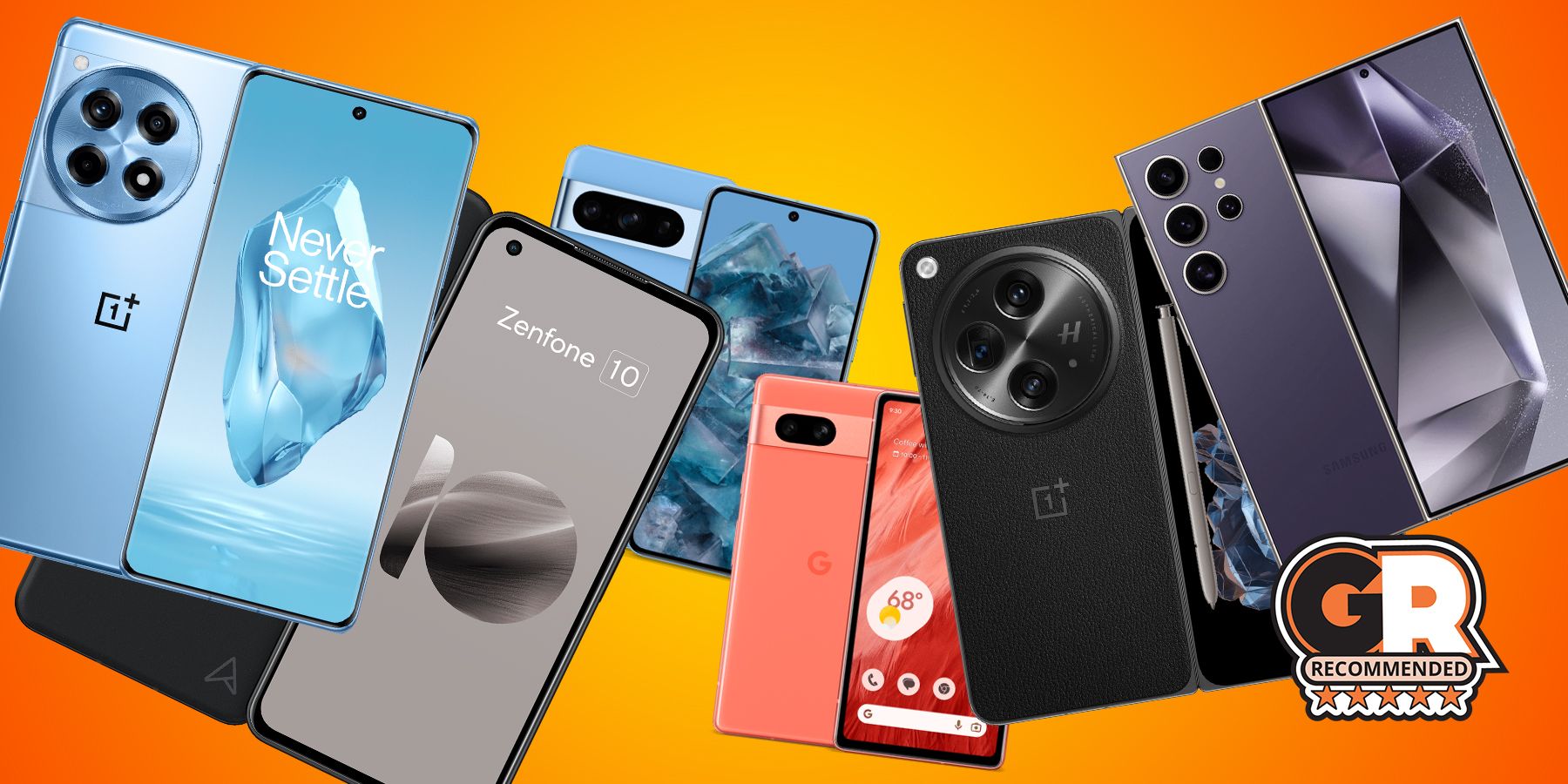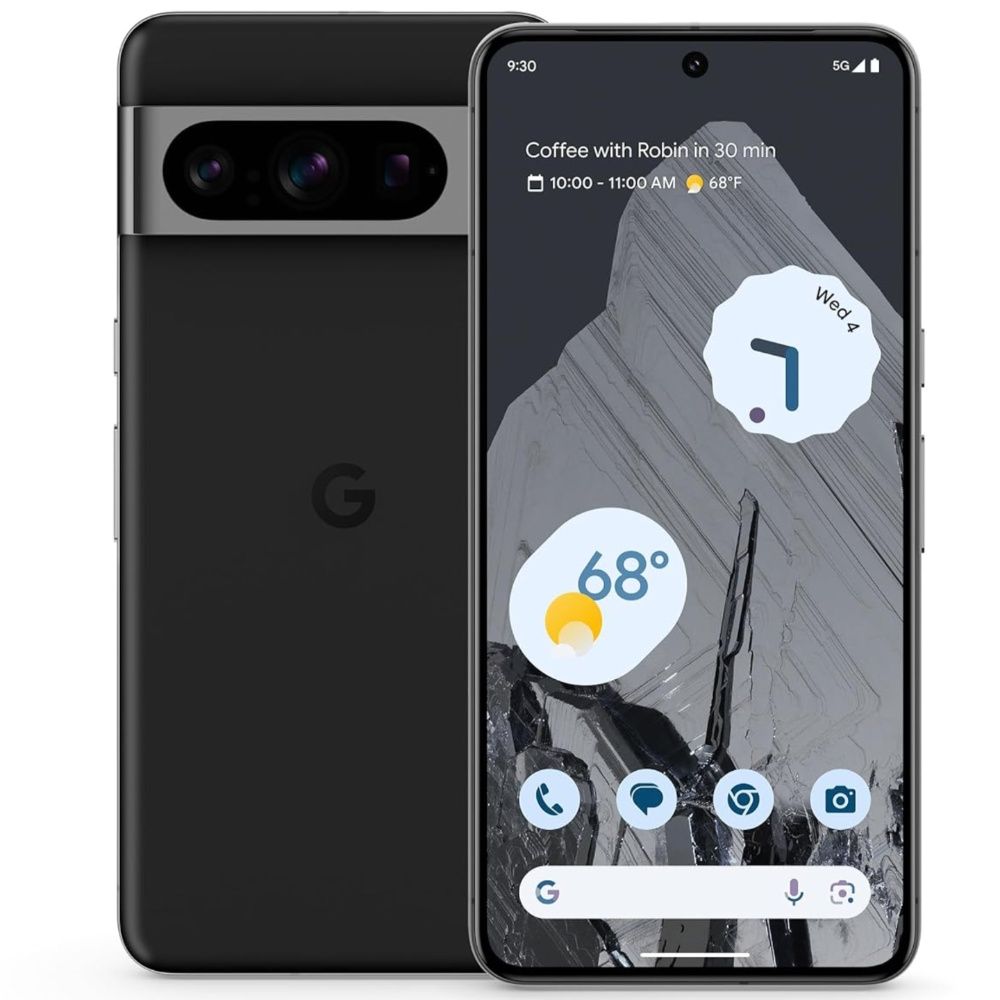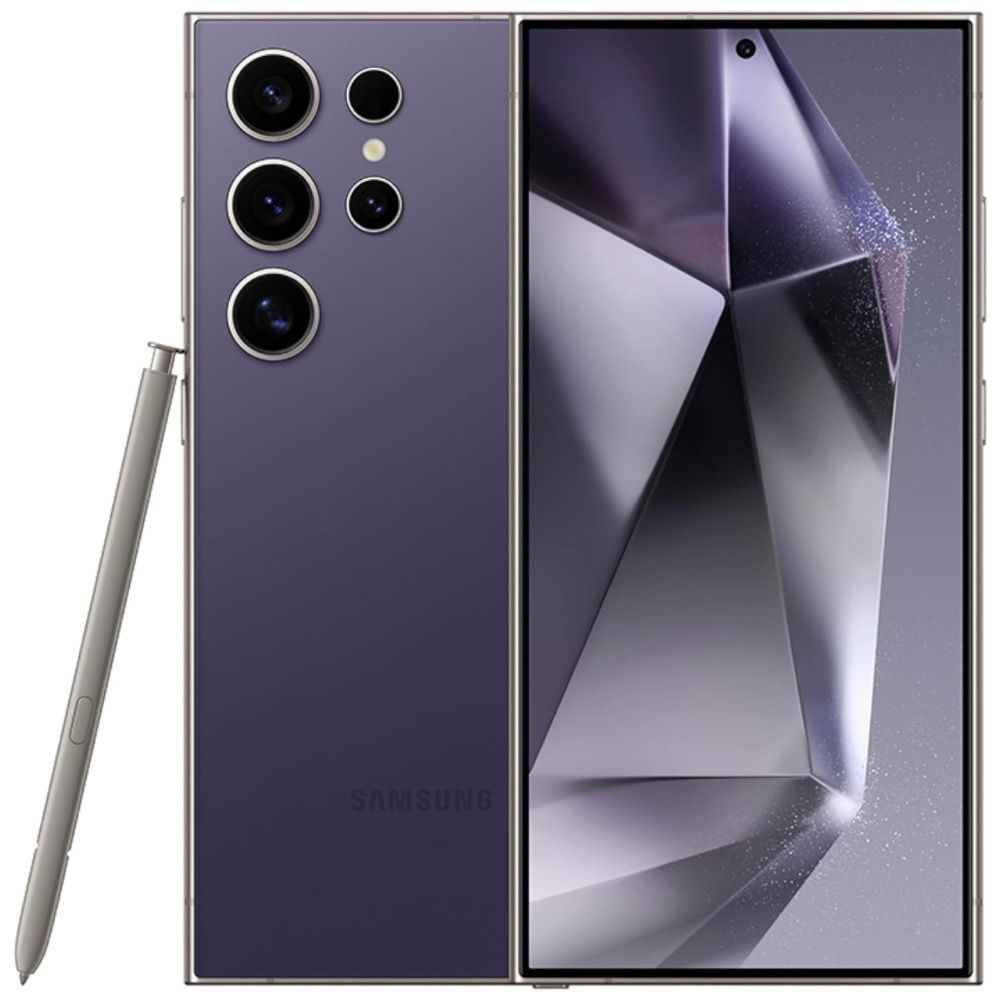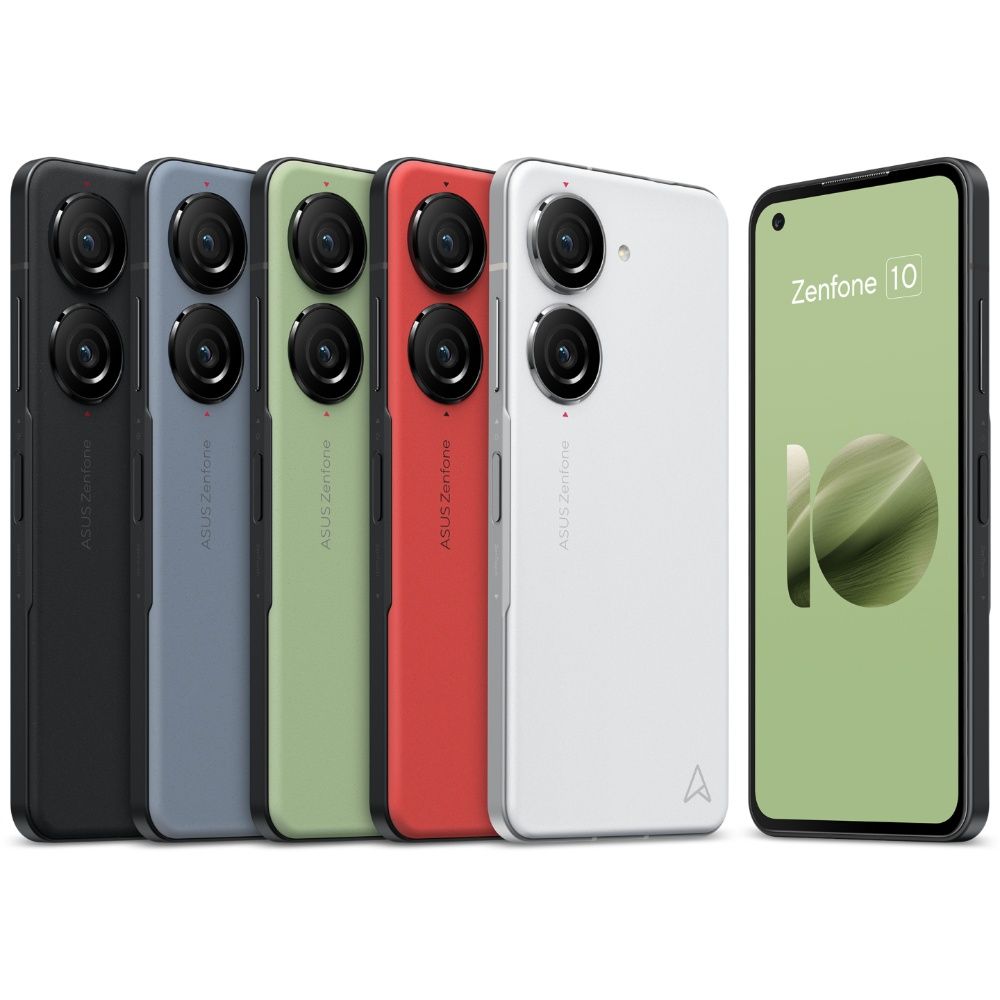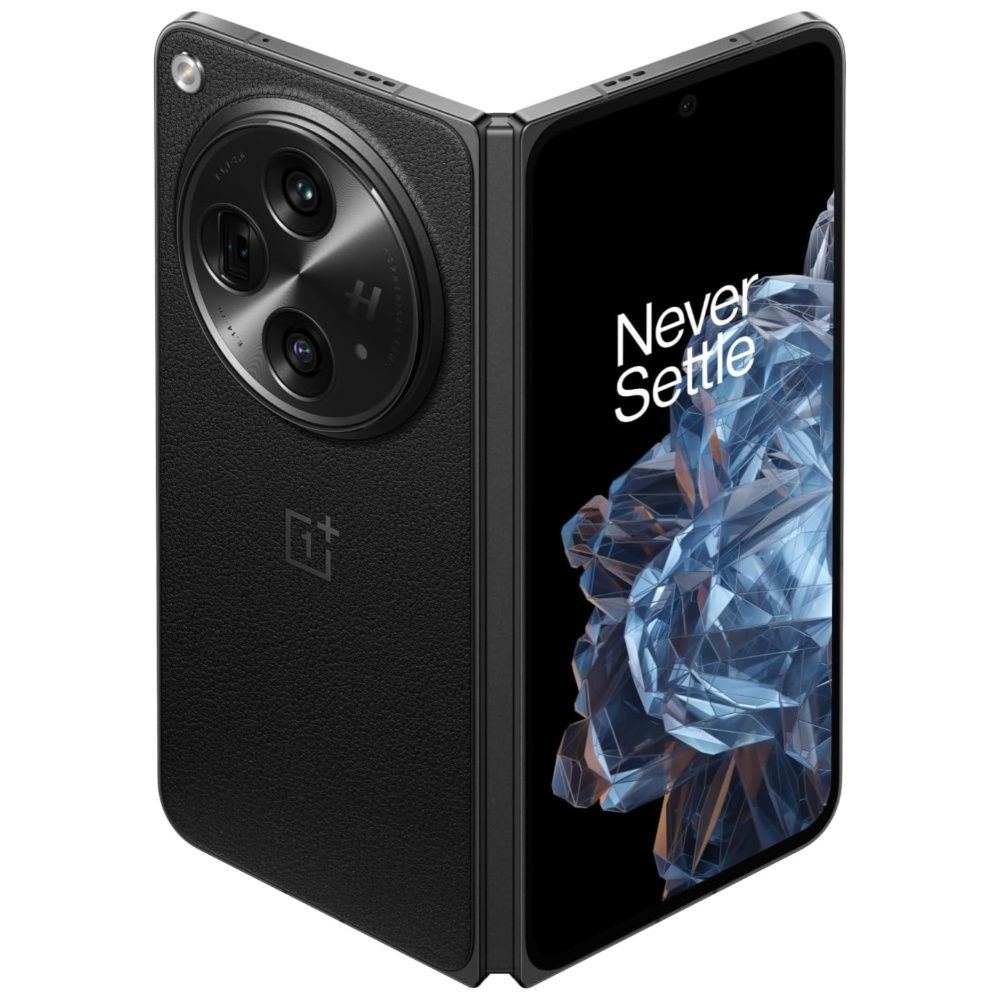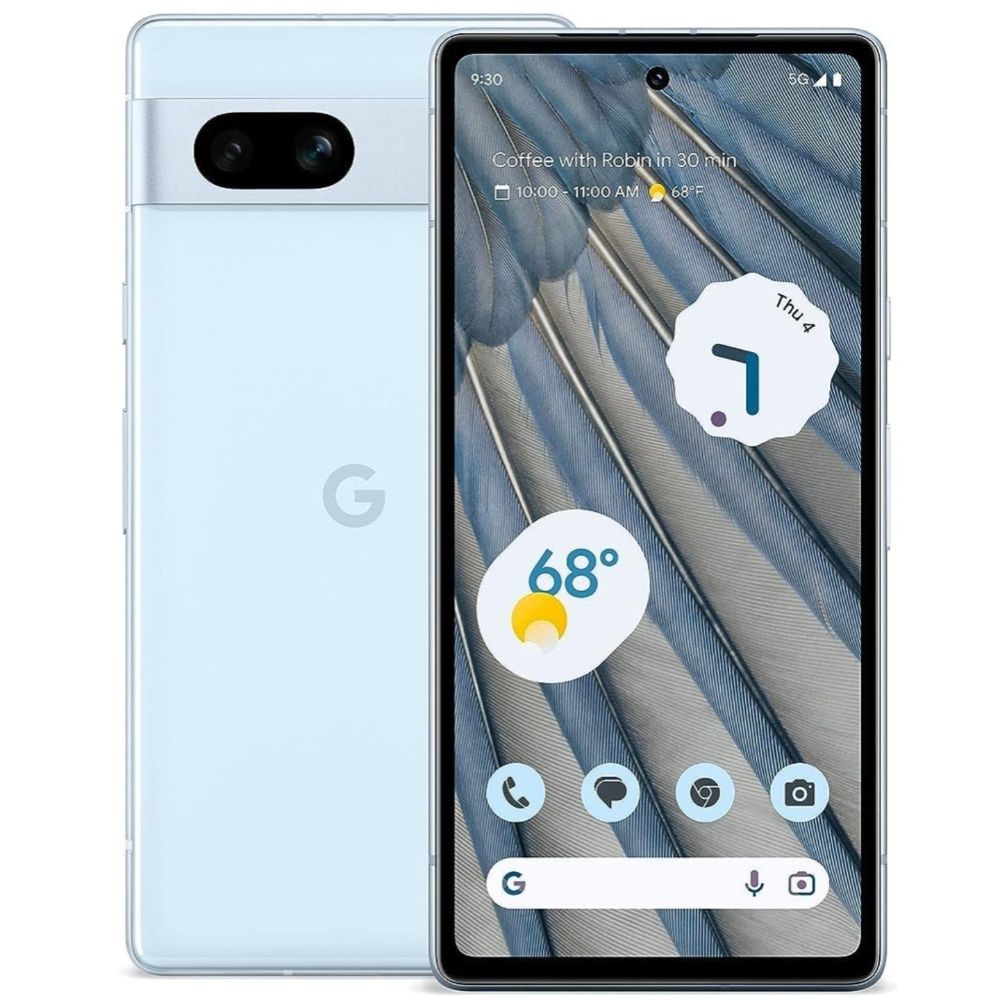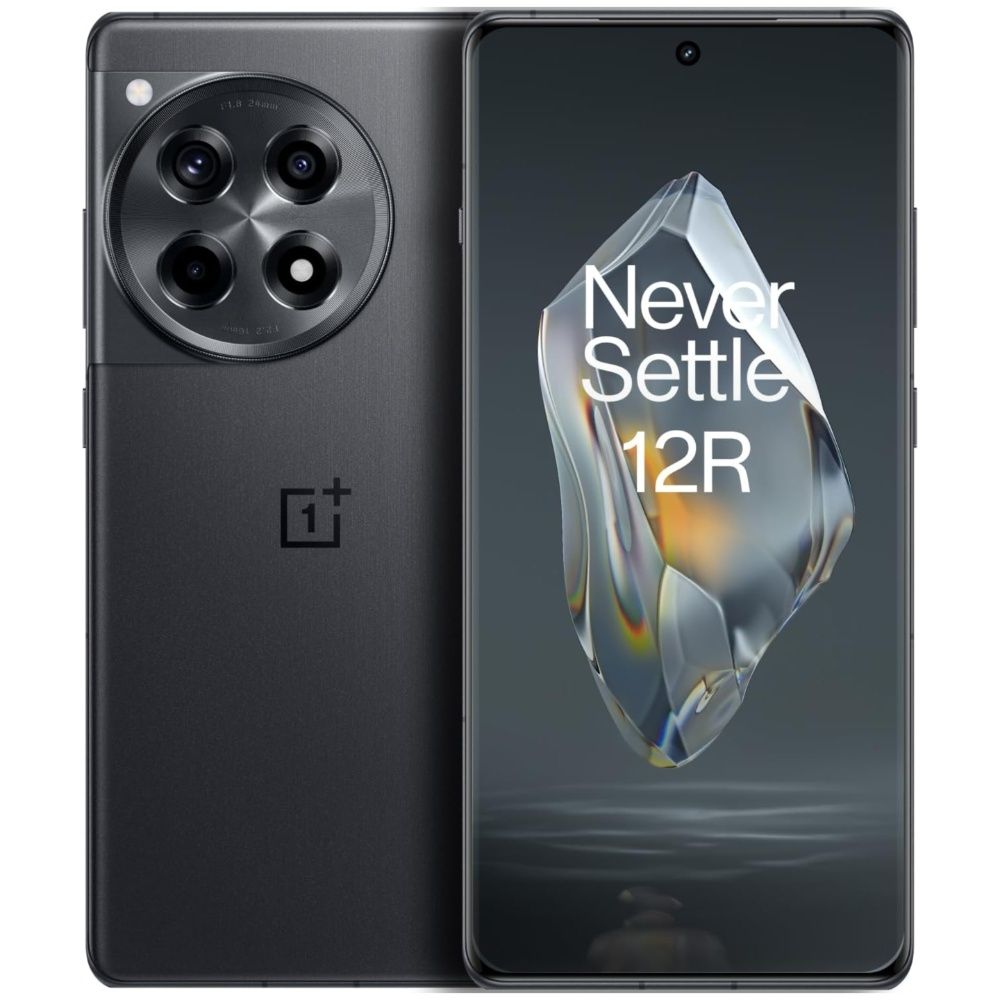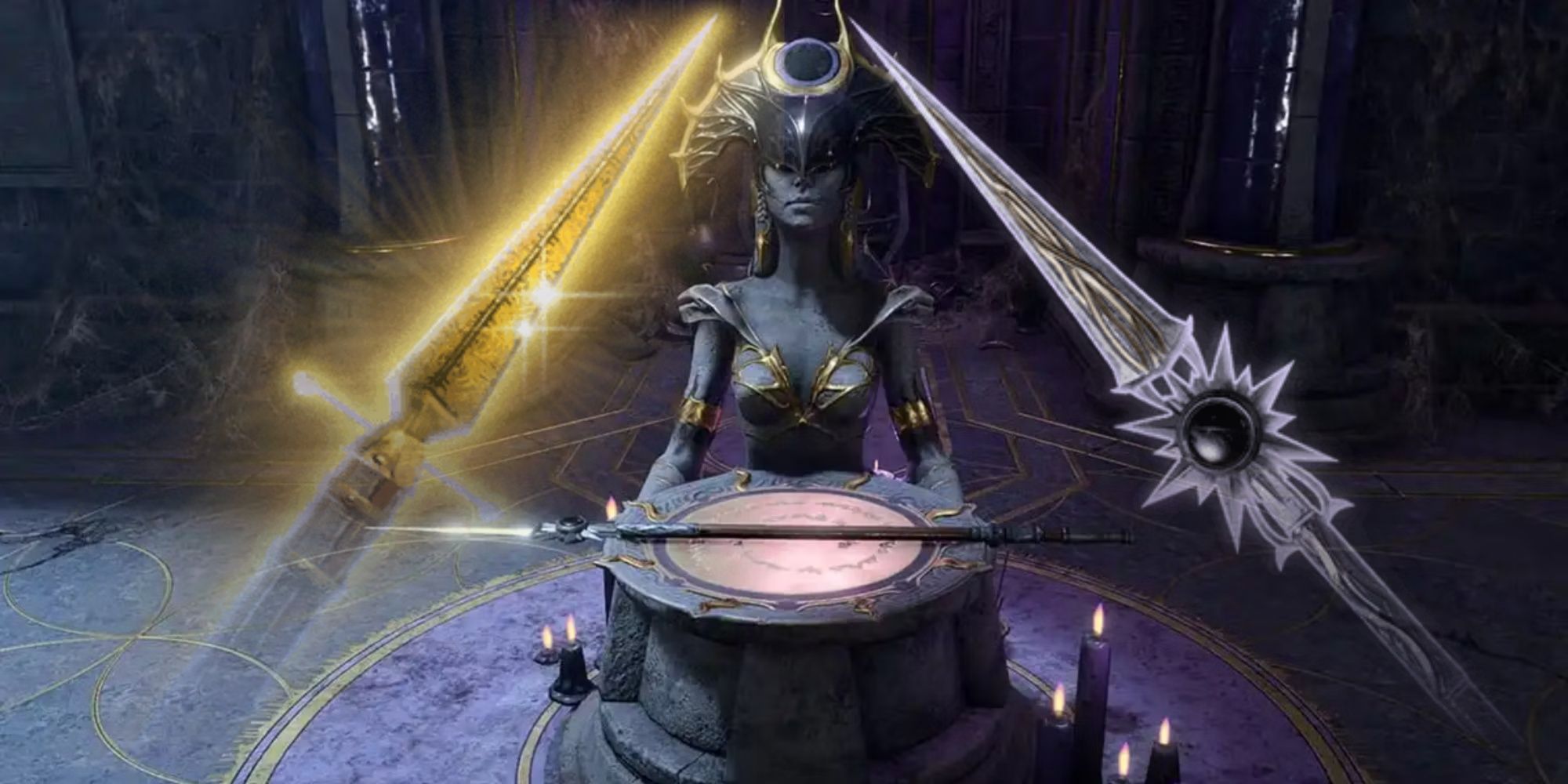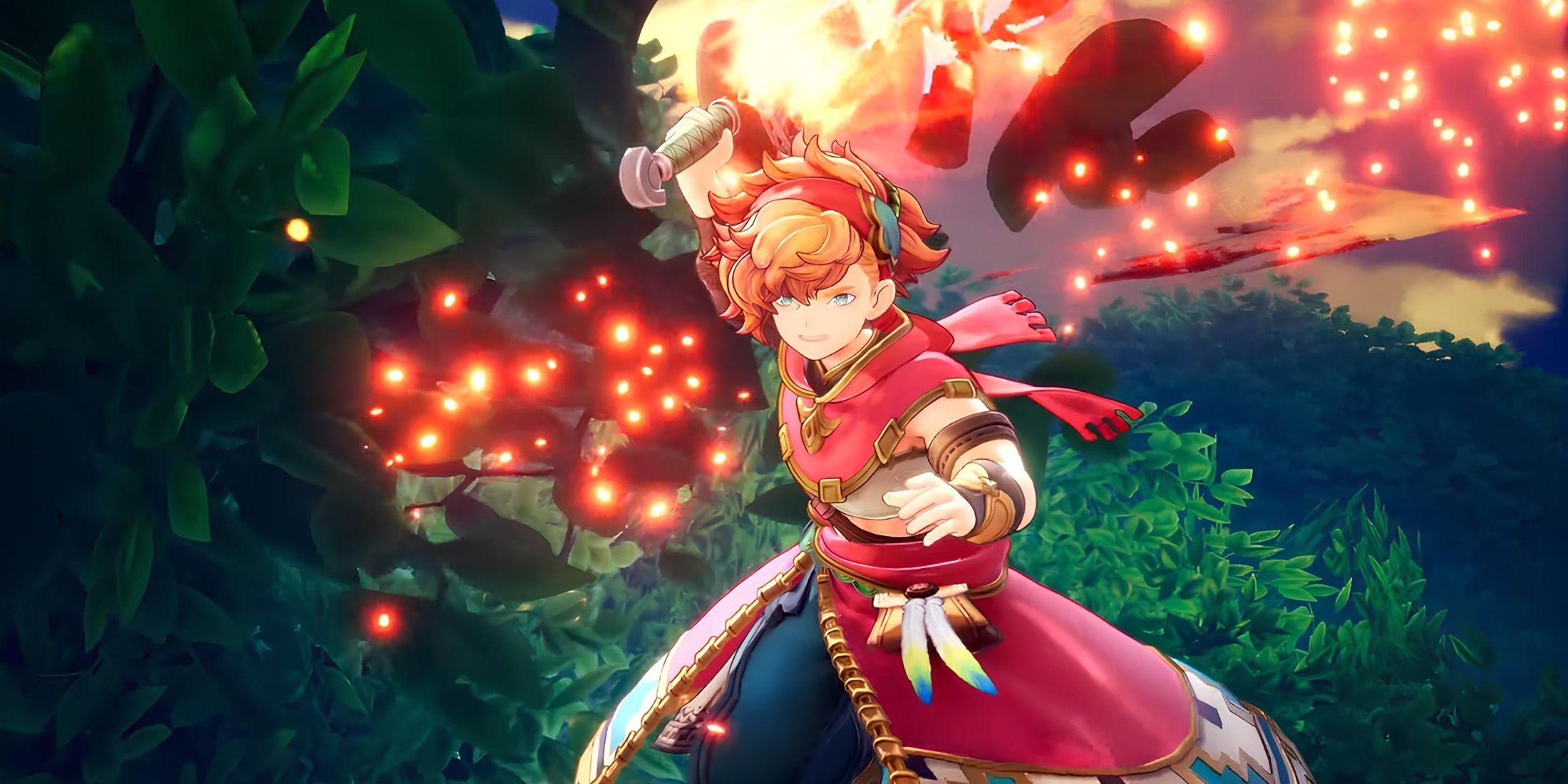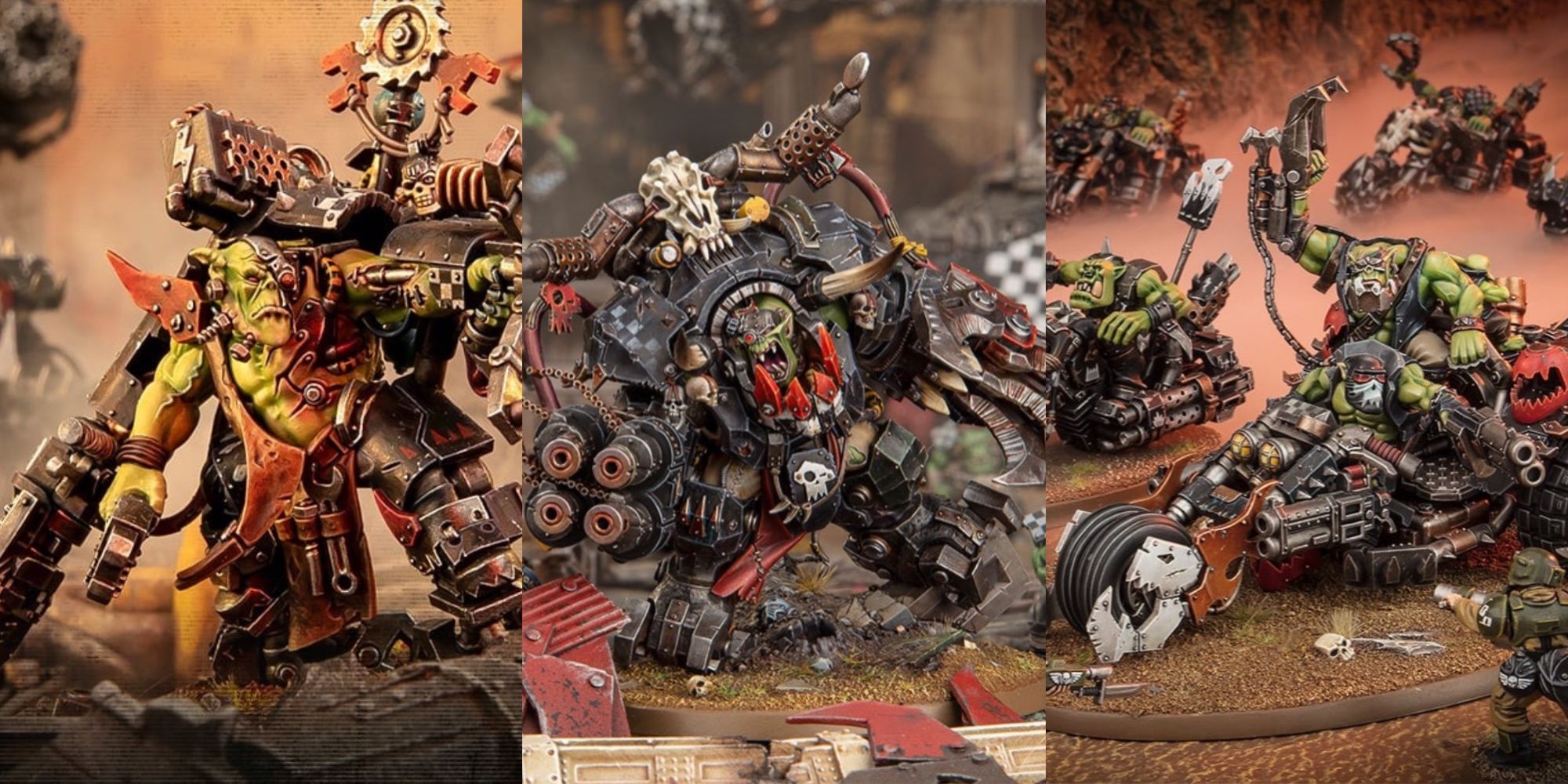The Android vs Apple debate has been going on for decades and will continue until the end of time. But what’s objectively clear is that there are significantly more options to choose from in the Android space, and users can find something for every budget. However, with this huge variety, comes the difficulty of finding the best Android phone. Some people look for the absolute best performer, while others stick with a lower-end model with the intention of switching phones in a couple of years. Fortunately, there are plenty of options for both types of users.
Android phones have been getting better with each generation for which Google and its open-source Android OS are partly responsible. On top of that, even at the cheaper end of the Android phone spectrum, users can get a decent set of features that will easily last them a couple of years, if not more. Furthermore, manufacturers have also started to support their devices with software updates for longer, but the top-tier models get the longest software updates.
Related
The Best Android Chargers in 2024
Everything you need to know about the best Android chargers of 2024: the fastest charger, the most affordable, the best car charger, and more!
GameRant’s Picks for the Best Android Phones
From a fantastic camera system to clean and updated software, the Google Pixel 8 Pro has it all. It tops the list of Android phones for its host of features and improvements over the previous generation, along with the built-in AI tools. While the phone may be too big for some, it boasts a large 6.7-inch LTPO OLED display capable of up to 2400 nits peak brightness and a refresh rate of up to 120 Hz. Google sells the Pixel 8 Pro with 12 GB of RAM, but multiple storage options.
It is powered by Google’s Tensor G3 SoC, which drives the clean Android 14 ecosystem. The best part is that Google has promised seven years of OS updates, as well as security and Feature Drop updates. This means the one-time investment into the Pixel 8 Pro will allow users to stay on the latest Android version for seven years. And, being a Google phone, it will be among the first phones to get the updates. Speaking of software, Google has implemented a lot of AI features, like Magic Editor, Magic Audio Eraser, Best Take, and Zoom Enhance, to name a few.
Its call screening feature,for instance, now has a more real-life-like assistant that can answer incoming calls and allow users to determine what the call or message is about so that they can decide whether to answer it or not. Also, the Magic Editor allows users to seamlessly adjust almost everything in images taken, like lighting composition. On the other hand, the Audio Magic Eraser keeps any unwanted background noise out of the videos captured.
The Pixel 8 Pro is backed by a 5050 mAh battery, which claims to deliver over 24 hours of battery life. The 30W fast charger can be used to charge the phone up to 50% in about 30 minutes. It also comes with Qi wireless charging compatibility.
Coming to the USP of the Pixel 8 Pro, the cameras. There are three sensors on the back, including a 50 MP Octa PD wide camera, a 48 MP Quad PD ultra-wide camera, and a 48 MP Quad PD telephoto camera with 5x optical zoom. At the front is a 10.5 MP dual PD selfie camera that has a 95-degree FOV. There is no doubt that the Pixel 8 Pro produces some of the best-looking photos in all lighting conditions, so those interested in photography will be completely satisfied.
On the flip side, this phone costs slightly more than its predecessor. Also, its general performance can’t match that of the best phones powered by the Snapdragon 8 Gen 2 silicon chipset. If that is not an issue, then the Pixel 8 Pro is one of the best Android phones Google has built and a great option for people looking beyond Samsung for their next Android device.
The Samsung Galaxy S24 Ultra is the superhero of all Android smartphones, thanks to its tough titanium build with Gorilla Glass Armor plus plenty of handy features. The robust display and protection make the S24 Ultra more glare-free than ever, making the screen more enjoyable to use than other flagship phones. Like all its predecessors in the S24 line, it goes all out on AI with generative capabilities, such as the ability to circle an object on a screen to do a Google image search, real-time phone call translations, AI-assisted transcriptions, and photo editing.
The phone comes with a big 6.8-inch AMOLED display plus a reliable 5,000 mAh battery that will seamlessly last users throughout the day without worrying about power. The Dynamic 2X display features a great peak brightness of 2,600 nits, making it amazingly bright and easy to use even under direct light. This is a considerable enhancement over its predecessor, ensuring the screen remains visible and clear whether a user is in bright conditions or outdoors.
Under the hood, the Android phone features the all-powerful and upgraded Snapdragon 8 Gen Chipset for enhanced AI features and graphics and 12GB RAM, an increase over last year’s 8GB. The powerful chip plus the sizeable RAM makes it blazing fast when performing various tasks, including gaming and powering generative AI features.
The camera features a 50MP telephoto lens with 5x optical zoom. It swaps S23’s 10x with a 5x zoom with a better resolution. Also, with the S24 Ultra, Samsung matches the Google Pixel 8 Pro when it comes to software support and updates by committing to seven years of security and OS updates.
Obviously, it has its hiccups, like the steep price tag, but as a jack-of-all-trades Android phone with great specs, smart tools, and capabilities, it’s simply a pocket-sized powerhouse that’s sure to delight.
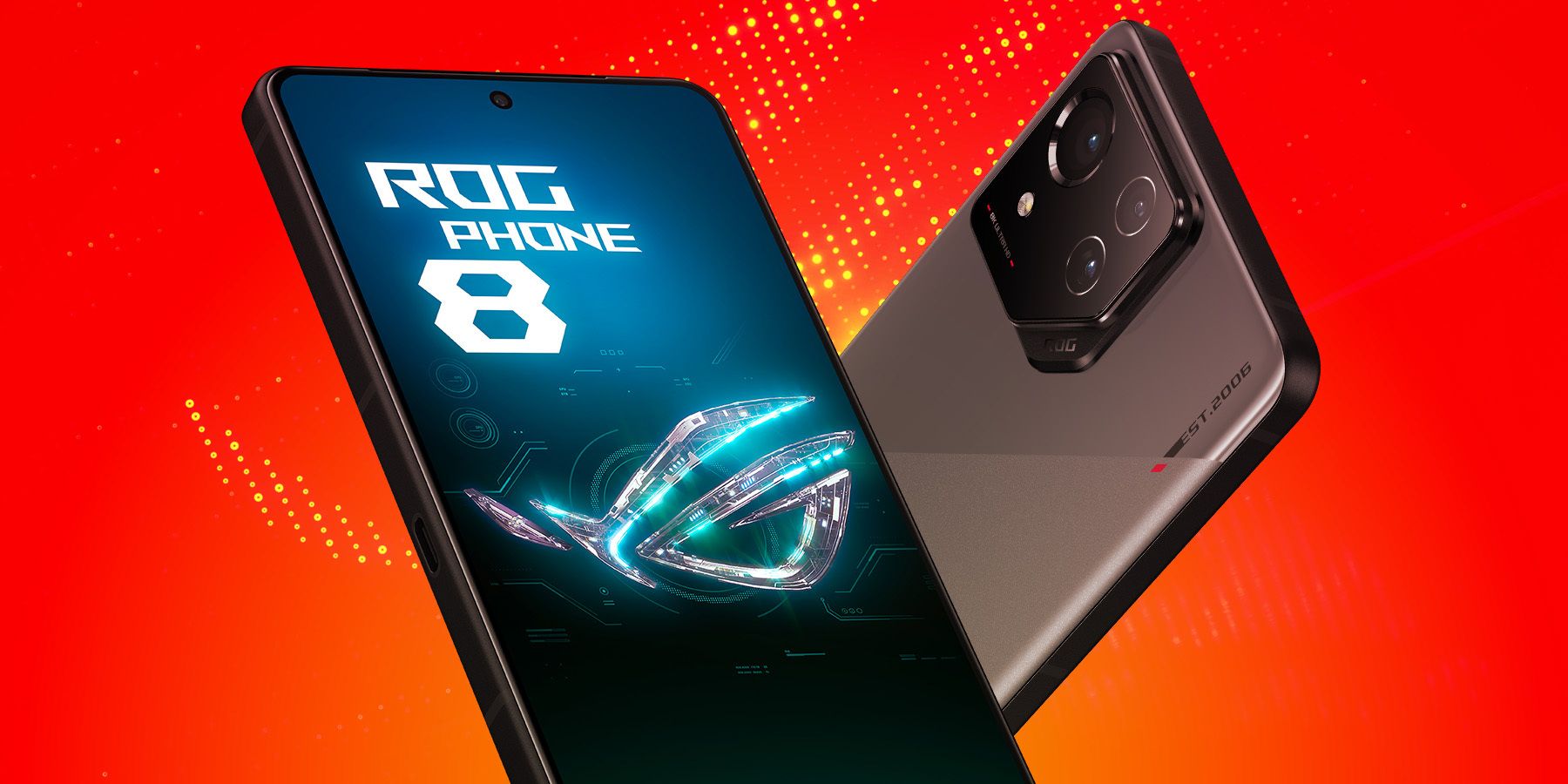
Related
Asus ROG Phone 8 Review
The Asus ROG Phone 8 makes a play for daily use while preserving a lot of the gaming-focused features the brand is known for.
Those looking for a phone that can still fit and be operated by one hand should consider the Asus Zenfone 10. It brings top-tier performance in a compact and lightweight form factor. There is a 5.9-inch, 144 Hz Samsung AMOLED display up front, which fits into the small, 146.5mm phone. It is powered by the previous generation Snapdragon 8 Gen2 SoC, which is still plenty capable with up to 16 GB of RAM, and allows the Zenfone 10 to run all modern casual or heavy games comfortably.
Despite the small form factor, Asus has managed to add features like a 3.5mm headphone jack and wireless charging. The phone is backed by a 4300 mAh battery that supports fast 30W wired charging. Asus is known for its battery optimizations and the ROG Phone 8 proves that. The Zenfone 10 may not have the look of a modern flagship, but it certainly performs like one.
There are two cameras at the back, with the main one being a 50 MP Sony IMX766 sensor, accompanied by a 13 MP ultra-wide sensor. The phone delivers great daytime photos and decent nighttime shots. Up front is a 32 MP selfie camera located in the top left corner of the display. Additionally, there are five color options to choose from, all of which have a matte finish.
The OnePlus Open is the company’s first attempt at a folding phone, but it seems to have knocked it out of the park. With so many options to learn from, the OnePlus Open achieves what other foldables have not yet: a lightweight build. It is lighter than the competition at 239 grams, yet it has a larger and sharper inside display at 7.82 inches. Plus, it packs a larger battery at 4805 mAh with support for 67W fast charging.
The OnePlus Open is powered by the Snapdragon 8 Gen2 SoC and comes with 16 GB of RAM. Multitasking is a breeze on the Open with its massive inside display, as it allows three apps to run simultaneously in full screen (on either side of the fold) rather than in a window. Being the flagship OnePlus offering, it retains the Hasselblad partnership for the cameras and offers three at the back. The primary is a 48 MP Sony sensor, the secondary is a telephoto camera with a 64 MP sensor, and the third is an ultra-wide camera with a 48 MP sensor. The OnePlus Open delivers excellent photos in most lighting conditions.
What’s interesting is that it offers all these features and flagship-level performance at a cheaper price compared to the Samsung Galaxy Z Fold 5 and the Google Pixel Fold.
Those looking for a clean Android experience with five years of OS updates and a great camera on a budget, look no further than the Pixel 7a. Released following last year’s flagship Pixel 7 series, the 7a carries the same Google Tensor G2 SoC and brings a lot of the flagship features to a more budget-friendly price point. There is a 6.1-inch 90 Hz refresh rate display, 8 GB of RAM, and a dual camera setup at the back. The primary is a 64 MP shooter, while the secondary is a 13 MP ultra-wide camera.
Thanks to the Google ecosystem, the budget Pixel 7a also gets AI features like Photo Unblur, Magic Eraser, Face Unblur, and Portrait Light, along with others. All this is backed by a 4385 mAh battery which supports fast charging as well as Qi wireless charging, a feature that is not common in phones under $400. Google says the Pixel 7a can last over 24 hours, but that will depend on the daily usage.
It also comes with dual-SIM capabilities with one Nano SIM and an eSIM, which is perfect for those who use multiple phone numbers, like one for work and one for personal use. There are also four attractive color options to choose from.
Phones that strike a balance between hardcore performance and a long-lasting battery are not that common. The more powerful the components, the more battery they will drain. The OnePlus 12R, however, has achieved a good balance thanks to its massive 5500 mAh battery that will easily last a full day, even with relatively heavy use. A good battery is not just defined by its capacity, but also how quickly it charges, and the OnePlus 12R has got that covered.
The phone supports 80W fast charging which, according to the company, can take it all the way from 0% to 100% in just 31 minutes. To prevent shortening the lifespan of the battery with such high charging rates, OnePlus has also implemented an advanced Battery Health Engine to monitor and adjust the battery specifications, making it the best Android phone for battery performance.
There is a 6.78-inch 120 Hz display up front with curved edges, which may not be for everyone. Inside is the Snapdragon 8 Gen2 SoC and up to 16 GB of RAM for flawless performance. The triple camera setup on the back houses a 50 MP primary camera, an 8 MP ultra-wide camera with 112-degree FOV, and a 2 MP macro lens. The camera setup is not that impressive, so people wanting a great camera should look towards the Pixel 7a.
How to Pick the Best Android Phone
Budget
The budget dictates everything for most people. Shoppers know how much they can and will spend on their smartphones, after which they begin their research. Fortunately, there are many great Android phone options in all budgets, be it entry-level or the premium end. If users are looking for the latest and greatest in terms of specifications and performance, they should be prepared to spend upwards of $700, while those looking for a decent basic Android experience can start as low as $100.
Form factor
The form factor wasn’t even a consideration for the best Android phones up till just a few years ago. But with the rise of foldable phones, there are quite a few options to choose from. Apple fans will have to wait indefinitely for a folding phone, but those looking to switch to Android will have great options from Samsung, Google, OnePlus, Motorola, and some other brands as well. Right now, Samsung is on its fifth generation of folding phones and has been able to address most of the issues that arose in its first model. On the other hand, Google and OnePlus have launched only one folding phone till now but have learnt from the failures of others.
When it comes to folding phones, there are ones that fold and ones that flip. The Samsung Galaxy Z Flip series and the Motorola Razr series are the best examples of phones that flip open to reveal a big screen. Still, there are many more options in the ‘bar phone’ category than there are in the folding phone space.
Battery capacity
With phones getting more powerful and feature-rich, battery capacity has taken a significant hit. Gone are the days when phones did not need to be charged for several days. Now with huge screen real-estate and power-hungry processors, looking for a phone that lasts a full day is tricky. Mostly because the battery life heavily depends on the use case. Heavy users and hardcore gamers will find that they need to plug in their phones multiple times in a day, while casual users can go the whole day or even more without having to top up. In the current market, having a larger battery increases the chances of getting better battery life, but software optimizations also play a significant part.
Size
It has become quite difficult to find a compact or small phone that can be easily operated with one hand. Phones have reached a point where even a 6.6-inch screen is not enough, and it needs to open into an even bigger screen. These large-screen phones intend to bridge the gap between a laptop and a mobile phone, and they certainly have enough performance to do the job. But, for people with smaller hands, phones like the Asus Zenfone 10 and the Pixel 7a will be more appealing as they do not compromise on their performance.
Features
Some of the common features that are present in modern Android phones include high refresh rate screens, four or sometimes even five cameras, an additional button, and superfast charging, to name a few. Not all of these features are useful to everyone. Besides hardware features such as these, Android phones nowadays come with a slew of software features that are being driven by AI as we move from one generation to the next. The implementation of AI has proven to deliver a better user experience, and flagships like the Google Pixel 8 series and Samsung Galaxy S24 Ultra are prime examples of this. But, these features come at a cost, so before making the decision, understand what features are the most useful and what are more gimmicks than actual features.
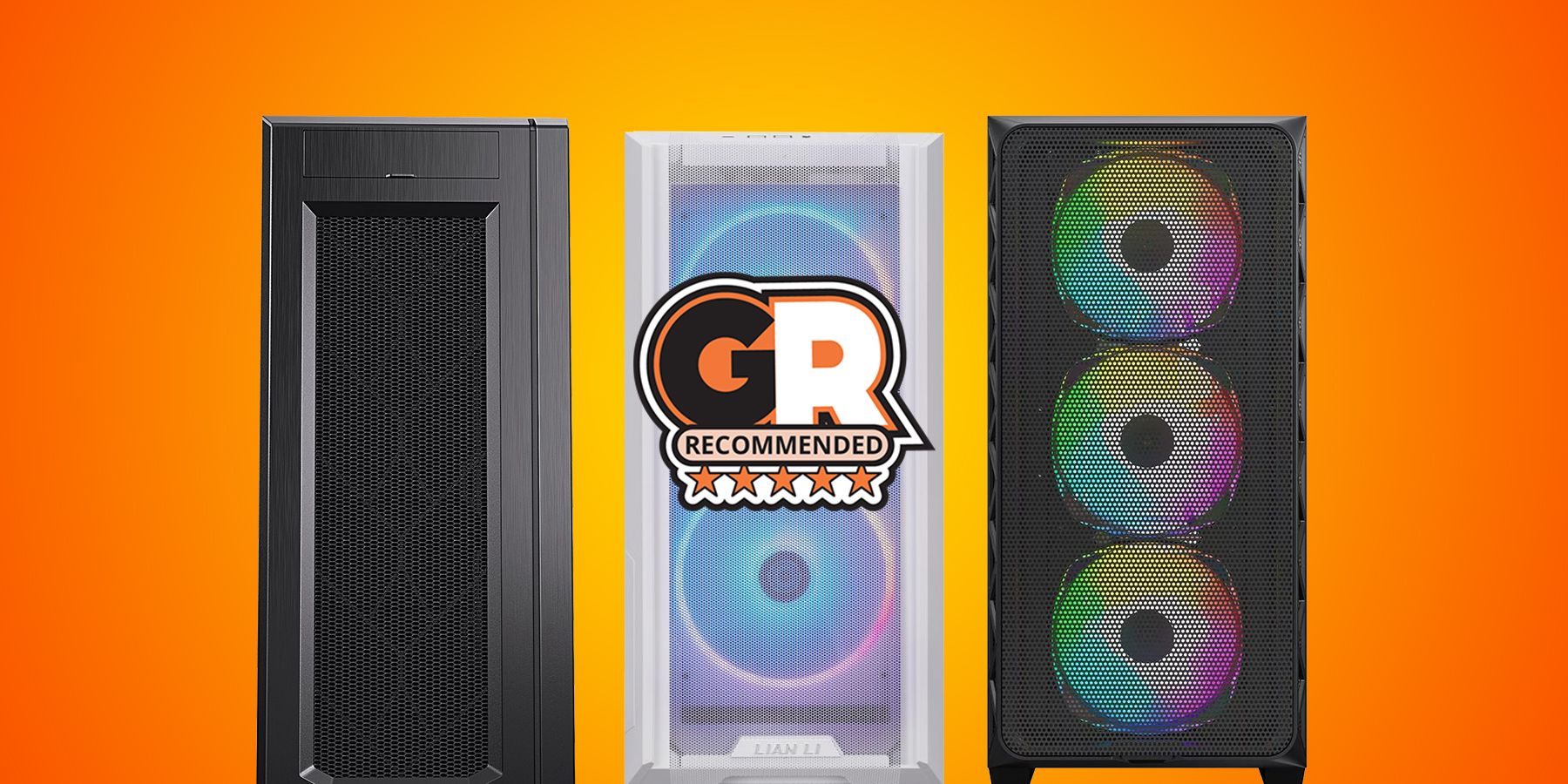
Related
Best Budget PC Cases in 2024
These budget cases are great options for first-time PC builders with attractive styling and future-proof expandability.
FAQ
Q: What is the best phone in 2024?
While there are many great Android phones in every category, GameRant feels that the Google Pixel 8 Pro is the best overall, followed by Samsung’s Galaxy S24 Ultra which is a close second.
Q: Are Google phones better than Samsung?
Both Google and Samsung make excellent phones that offer a range of features. While Google is known for the camera performance of its Pixel phones, Samsung’s displays are considered to be the best. The latest iterations of both the Samsung Galaxy S series and Google Pixel phones come with helpful AI features that improve the overall user experience. In terms of raw power, Samsung’s flagship phones are more powerful than Google’s flagships.
Q: What’s the best Samsung phone to buy?
If budget is of no concern, the best Samsung phone to buy is the Galaxy S24 Ultra. For those looking for more budget-friendly options, the Galaxy S21 FE, Galaxy A54 5G, and Galaxy A23 5G are the ones that stand out.

